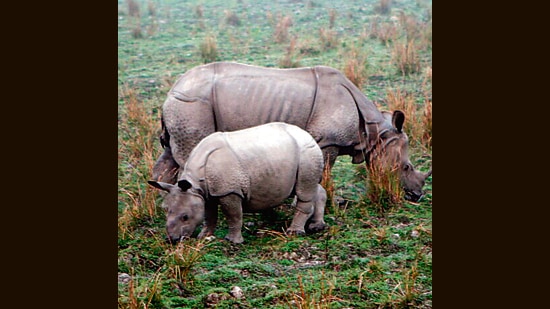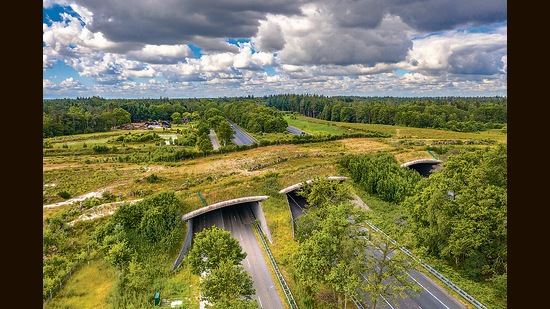Is Assam’s NH715 our deadliest highway? Ask the local animals
A study has found that a single 64-km stretch of this highway saw 6,036 deaths in one year. Take a look at the consequences, when a road goes where it has no business going.
A big cat killed in a road accident makes news; one never hears about the slain frogs, snakes, birds or lizards. Yet all these are vital pixels in the picture of how dangerous a road can be, when it goes where a road has no business going.

A recent study (published in the journal Nature Conservation in March 2022) set out to count just how many animals end up as roadkill when a highway cuts through a forest, and emerged with an astounding number. By their estimate, just one 64-km stretch in Assam saw 6,036 deaths in one year (October 2016 to September 2017).
This highway, NH715, is particularly invasive, cutting through the Kaziranga National Park on one side and the North Karbi-Anglong Wildlife Sanctuary on the other. Over 12 months, the researchers set out to tally every life lost, no matter how small. They started their count where forest departments typically end theirs.
“Forest departments usually do not keep any record of deaths of smaller groups of animals,” says doctoral fellow Somoyita Sur, who carried out the study with zoology professors Prasanta Kumar Saikia and Malabika Kakati Saikia of Gauhati University. “Their focus has to be on the larger, more spectacular animals like rhinos, elephants and tigers.”

So the research team made 144 trips along the 64-km stretch over 12 months, to count all the bodies. They found that amphibians accounted for nearly 60% of the 6,036 roadkill deaths, followed by reptiles, at 21.22%. Birds made up a fairly sizeable 9% of fatalities. (Birds are typically killed while feeding on roadkill carcasses.)
Among amphibians, the common Indian toad was found to be the most-affected, accounting for 54% of all amphibians fatalities. Among reptiles, the oriental garden lizard and striped keelback snake accounted for the highest fatalities (a combined 16%).
“There are multiple factors that make reptiles and amphibians more vulnerable. They are slower and they’re smaller, which makes it difficult for drivers to see them. Amphibians also tend to go towards light, chasing insects. This can be street lights or vehicle headlights,” says Sur.
The research team noted seasonal variations in roadkill. Nearly 63% of deaths occurred during the pre-monsoon and monsoon months of April to September. “In these months, animals typically move from the low-lying floodplains of Kaziranga to the higher elevations of the Karbi Anglong hills, and the highway runs right across their path,” Sur says.
A simple first-step solution, of course, is to build wildlife bridges and tunnels so that animals can avoid the highway altogether. Until then, one way to make things better is to drive with more caution in or near a reserve or national park. “Just slow down a bit. It could save lives,” Sur says.
Catch your daily dose of Fashion, Health, Festivals, Travel, Relationship, Recipe and all the other Latest Lifestyle News on Hindustan Times Website and APPs.
Continue reading with HT Premium Subscription




